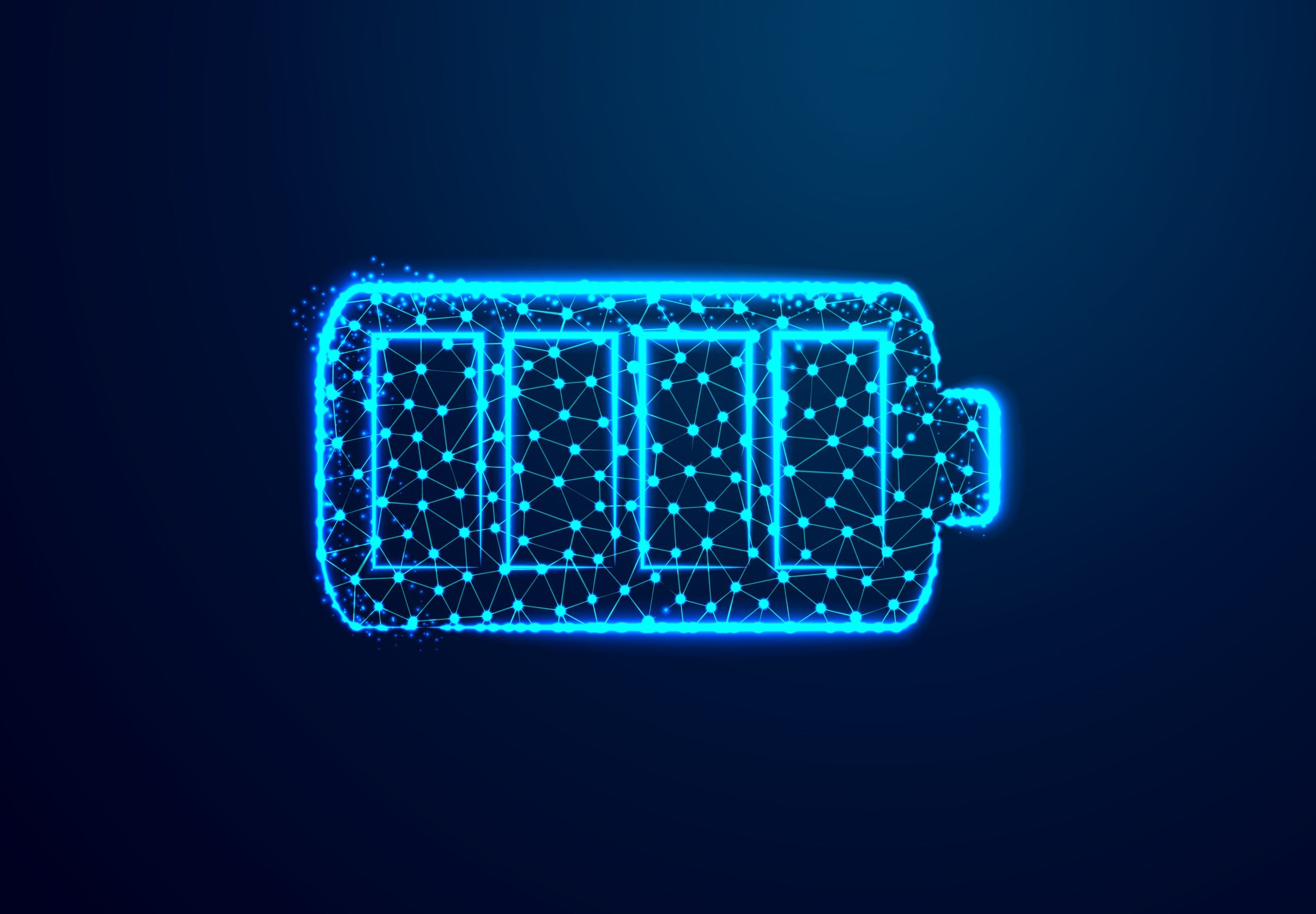One of the main goals of the future space race is to achieve colonize Mars. Of the planets in the solar system explored by spacecraft, it is the only one that seems to have relatively favorable conditions for habitation. It’s not heaven, but we can work on it. And for this, for example, it is necessary to find a way build houses.
Recently a group of scientists from Kharazmi UniversityIran has explored several options. Some of them are completely new. Others, however, are based on very old methods coming from Roman era.
It makes sense that the last thing on the Romans’ minds was colonizing Mars. However, they had to overcome many problems to find materials that would allow them to construct buildings when resources were limited. Among them was cohesive concrete with animal blood. There will be no animals on Mars (in principle), but there will be astronauts. We can already see where the shots are going, right?
Colonize Mars and build it with human blood
The authors of the just published study explored different methods for making concrete. The search for cheap and sustainable materials here on Earth has focused on strange materials like used diapers. Pre-disinfected, of course. On Mars we would have to act even more radically.
For the hard part you can use calcium carbonateof which many reserves are located in the region of the Red Planet known as Phoenix Lander. It will have to be heated and carbon dioxide removed; but overall it would be a good option. You can also use sulfur. However, for any option you will need to use water and, unfortunately, there is not much of this on Mars.
So they thought about the techniques used by the ancient Romans. Animal blood could be taken from Earth, or the blood of the astronauts themselves in charge of colonizing Mars could be used directly. It would be an inexhaustible source. If you extract it little by little, of course.
Blood, sweat and tears
From this comes the need AstroCritconcrete made from Martian regolith and human fluids. Regolith is the rocky material that covers the entire surface of the Red Planet. Martian sand, roughly speaking. To unite all this regolith, human serum albumina protein found in blood plasma.

The problem is that the final material can still be a little fragile. So do more stretch resistant (traction force to opposite ends) can be added urea. This substance is found in sweat, tears and urine. Any of these liquids will be useful, although the latter is undoubtedly the easiest to obtain in large quantities.
The authors of the study believe that only 72 weeks the astronaut could produce enough fluid to create a habitat for a new visitor. It is logical that the blood cannot be extracted all at once, it must be allowed to renew itself, so this takes time, but it is possible, especially considering that there will be several astronauts at the same time.
In short, it looks like colonizing Mars will cost blood, sweat and tears. Literally. But there’s no doubt it’s exciting.
Source: Hiper Textual














